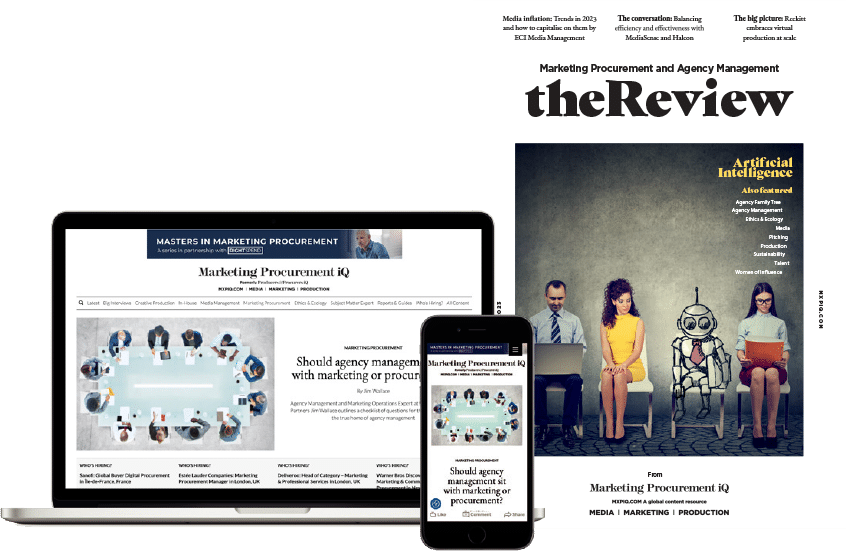MORE ABOUT MEDIA MANAGEMENT
In an era dominated by digital channels, media management has become a game of adapting to ever-evolving trends. The rise of social media, streaming services, and immersive technologies such as AR has transformed how brands communicate with their audiences. Today, media managers grapple with the challenge of creating and curating content that resonates across multiple platforms, as well as differing audience needs and expectations whilst also ensuring a cohesive and impactful brand presence.
Media management is no longer solely about creating visually compelling content; it’s about deciphering the data-driven landscape to address audience needs and to get them to engage and buy from a brand. The extreme amount of consumer data we now can tap into presents both opportunities and challenges. On one hand, it allows for targeted advertising and personalised content experiences. On the other hand, it raises concerns about privacy, data security, and the ethical use of consumer information. Striking the right balance between personalisation and privacy is a delicate tightrope that media managers navigate daily.
The rapid pace of technological innovation continues to redefine the media management landscape. From Artificial Intelligence (AI) optimising content delivery to Virtual Reality (VR) and Augmented Reality (AR) reshaping immersive experiences for different ways to connect to brands, staying ahead of the curve is a constant challenge as well as investing in the tech and the capabilities to provide this. Media managers must grapple with the integration of these technologies into their strategies, and find the right partners and tools to ensure they not only keep up but lead the way in adopting groundbreaking approaches to content creation and distribution whilst delivering the best ROI.
The days of focusing on a single channel for content distribution are long gone. Media managers now face the intricate task of managing multi-channel strategies that span traditional outlets, digital platforms, social media, and emerging technologies. This complexity requires a nuanced understanding of each channel’s unique dynamics, audience behaviours, and optimal content formats.
In today’s world consumers demand authenticity, media managers must navigate the demands for transparency and accountability for any buys and act with conscience. From the sources of content to the partnerships forged in advertising, ensuring a clear and honest representation of the brand is essential. This extends to media buying practices, ensuring that budgets are optimised, and every advertising pound is accounted for, demonstrating a commitment to both efficiency and integrity.
The explosion of content creation has led to a digital jungle where standing out is a significant challenge. Media managers must grapple with not only producing high-quality content but also ensuring its discoverability in a sea of information. Strategies for search engine optimisation, social media algorithms, and content amplification become crucial components of the media management puzzle.
Media managers need to navigate partnerships with content creators, agencies, influencers, and platforms and strong collaboration is key. The challenge lies not only in finding the right collaborators but also aligning with the brand’s values and goals.
ISO 27001: Raising the bar for data security and why it matters
Media Marketing Compliance achieves ISO 27001 accreditation, reassuring agencies and clients that their data is being fully protected.
Principal-based media: Is the juice worth the squeeze?
Principal-based or Proprietary Media is a hot button for Procurement following the recent ANA study. In this article Nick Manning looks at the truth behind the headlines and provides guidance on how to calculate the value on offer.



